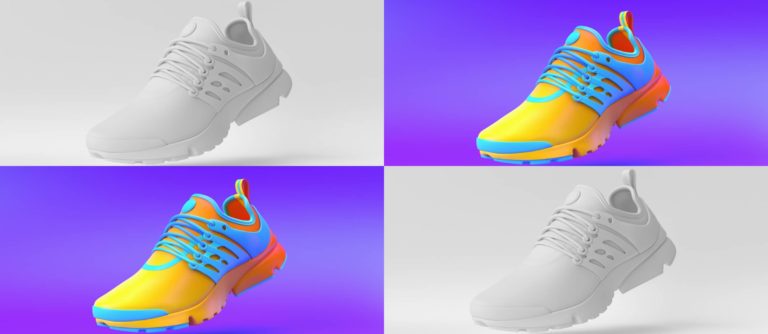
Scroll through almost any publication today, and there is no doubt you will come across an article discussing artificial intelligence (AI). Whether it is the hype and buzz around tools such as ChatGPT and Google’s Bard, or the petition to slow down development until regulations can be put in place, AI has become a daily headline.
AI is not new; it has been discussed and developed for decades, serving as a base for everything from search engines, to Siri, to Netflix. But a rise in applications poised for mass adoption has been a catalyst for companies to ardently pursue their own development and integrations. Brands such as Expedia, Shop, and Instacart are among the early rollouts of integrations with ChatGPT. Tech giants like Microsoft (Bing Chat) and Google (Bard) are likewise integrating ChatGPT in rapid cycles.
The buzz around AI has also given rise to questions surrounding how it can be used in tandem with other emerging technologies, and in what capacities. Among the top contenders is augmented reality (AR), which has created waves of its own in the last several years. Despite previous iterations leaving marketers unimpressed and uses limited to speciality activations, the adoption of AR in e-commerce is on the rise as consumers demand more immersive and personalized shopping experiences. As each of these technologies continues to be refined and new applications developed, the opportunity to leverage both in a single experience has many watching carefully.
What Is AI?
Despite much confusion around the idea, applications such as ChatGPT and Bard are not AI. Artificial intelligence is defined as intelligence demonstrated by machines as opposed to humans, so while chatbots are built using artificial intelligence principles, namely natural language processing or large language models, they are not in of themselves AI. As many critics have pointed out, to view chatbots as the leading edge of AI is to place a limit on what can truly be achieved in the space.
What Is AR?
Augmented reality is an interactive experience in which users can view and engage with a computer-generated object in their current real-world environment. Unlike virtual reality (VR), which is often referenced in discussions around immersive tech, AR experiences do not inherently require specialized hardware or equipment to access. In the last several years, the most common applications of AR in marketing and e-commerce have been AR filters or lenses made popular by Snapchat. However, with web-based AR capabilities expanding, high-fidelity product models are rapidly replacing traditional product imagery, and allowing brands to deliver immersive and interactive shopping experiences across a wide variety of categories.
What’s Next for AI and AR?
Purchases influenced by AR product visualization are expected to exceed $250 billion by 2027 according to Artillery Intelligence. As the adoption of AR for e-commerce increases, brands will need to adapt and evolve to stay ahead of the status quo. Integrating AI and AR features offers brands a multitude of options for continually improving both their consumer experiences and their internal creation processes. ChatGPT and Bard have already demonstrated the power of AI for written content creation, while visuals created using OpenAI’s DALL-E have been viewed over 4 billion times since the start of 2023. While AI tools may not yet be able to build an AR experience on their own, the possibilities in combining AR and AI are substantial.
Here are a few ways that’s coming together in eCommerce and marketing.
Leveraging AI to personalize a shopping experience, triggering AR experiences featuring the recommended products based on a shopper’s search query or previous purchases. If the shopper had previously purchased a custom bike online, AI could reference the data to trigger an AR model of the exact bike they purchased and display accessories or upgrades designed for that model.
Integrating voice recognition into product search and discovery, such as Shopify has done in this example. While most brands will leverage AI and AR to show only their products, marketplaces or retailers featuring multiple brands may leverage AI to showcase products at varying price points or those with different features. Single brand sites may also use this approach for easy product comparison, such as highlighting the differences between a product or model intended for beginners as opposed to more experienced users.
Interactive User Guides and Manuals using voice and object recognition, allowing users to ask a question by pointing their camera at the product and asking for instructions, tips, or troubleshooting help. Imagine how much easier assembling that bookcase would be if your device could point to the missing screw or where a piece was incorrectly placed.
Improved virtual try-on with AI-powered pose recognition, creating a more realistic try-on experience and enabling additional AR features triggered by movement or cues. Reduce return rates and increase customer satisfaction through an exceptional buying experience and the right fit on the first try. According to a study from Snap, 80% of respondents felt more confident in their purchases when using AR.
The applications of artificial intelligence are increasing at an exponential rate. When paired with augmented reality and other immersive technologies, the possibilities for rapid innovation and exceptional new experiences are impossible to ignore.

Justin Scott is CEO and co-founder of Dopple.






